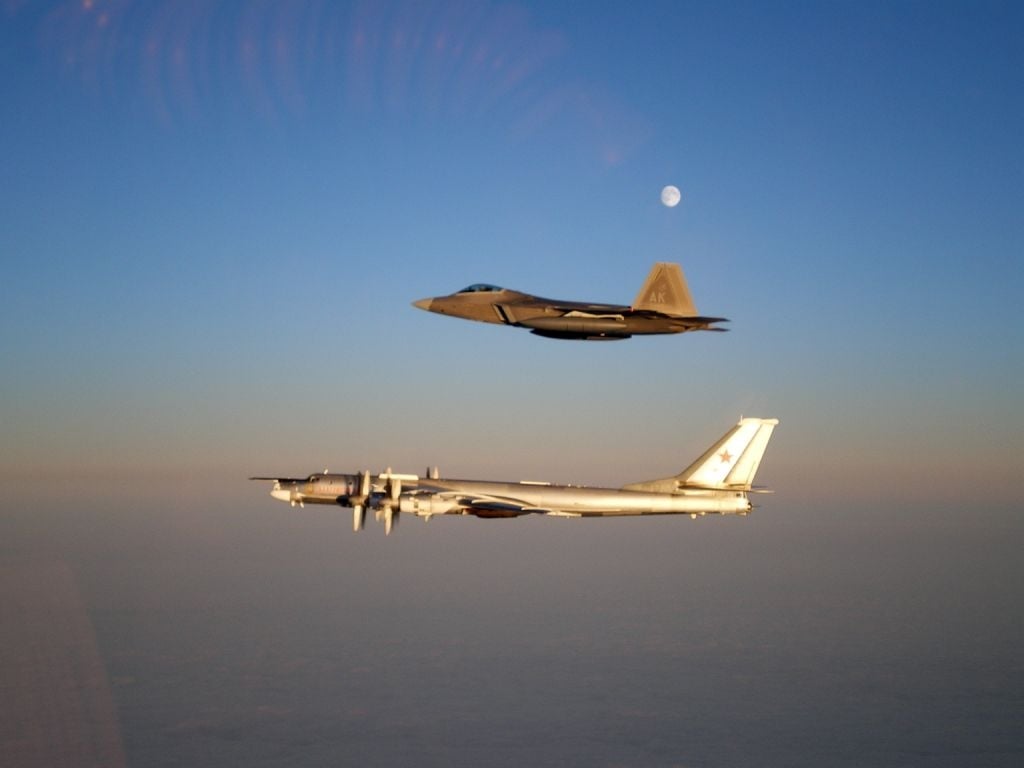
With improved surveillance capabilities in Russia’s aircraft, its over flights of the United States drew close congressional scrutiny and open concern from the head of U.S. Strategic Command on Wednesday.
Adm. Cecil Haney told the House Armed Services strategic forces subcommittee that while the 2002 Treaty of the Open Skies calls for transparency of knowing where the aircraft are going and sharing of information immediately after, under treaty terms better optical technology “gives them a capability to reconnoiter our country and other nations.”
In part, that new capability makes up for Russia’s relative weakness in satellite surveillance, he said.
Moscow poses “one of our most pressing” challenges across-the-board in nuclear and ballistic missile strategy, Brian McKeon, principal deputy under secretary for defense policy, said. This includes its “reckless nuclear posturing.” Haney defined that as Russia’s announced strategy of “escalate-to-deescalate” in a crisis to get its way.
In response to the Kremlin’s “fairly belligerent rhetoric,” violations of the Intermediate Range Ballistic Missile Treaty and actions in Eastern Ukraine, McKeon said the United States has made a number of military investments to counter “much broader Russian challenges” and reassure allies.
The panel moved into closed session immediately following the public hearing.
Haney said the command has “no margin to absorb new risks” if its budget is cut. He said components of the nuclear triad, including ballistic-missile submarines, have been “stretched out well beyond” operational expectations from when they were first fielded.
Maintaining and modernizing the strategic forces remains the nation’s top security priority, McKeon said. “Future Congresses and administrations have big challenges” in paying for modernizing this force, starting with the Ohio-class replacement program in 2021.
He estimated that its share of the defense budget will rise from 3 percent to 5 percent in the 2020s. The department “probably will need some top line relief” then.
In addition to the Russian threat, McKeon, in his opening statement, referred to the Chinese “introducing qualitative advances” in strategic and conventional forces, North Korea’s continued testing of nuclear weapons and missiles and the need to remain vigilant that Iran complies with the agreement to end its nuclear weapons program.
He added the “absolute imperative” that terrorists not gain control of weapons of mass destruction and cited the support the United States was sending Tunisia to secure its borders with Libya to ensure chemical weapons were not being sent there. Similar assistance has gone to Jordan and Ukraine to prevent weapons of mass destruction proliferation.
Haney said the command is able to maintain 24/7 surveillance of “any missile launch that occurs of the planet” and is able to process that information quickly. Earlier in the hearing, he testified that the Aegis Ashore missile defense program was on schedule in Romania and Poland with operations expected to begin there in 2018.
Looking at the North Korean threat specifically, McKeon said that a meeting would be taking place next week between the United States and Seoul on possibly installing the Terminal High Altitude Air Defense [THAAD] system on the peninsula. If South Korea agrees to the installation, “the long pole in the tent is the site” and what share of the cost will it absorb.
Haney said his command is working with the intelligence community “in honing our efforts” to achieve space situational awareness without the Defense Department becoming the space traffic controller.





